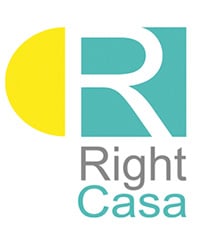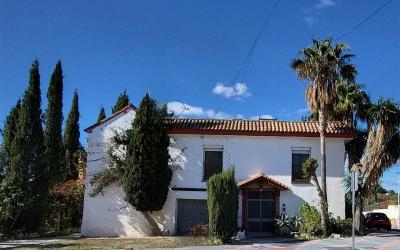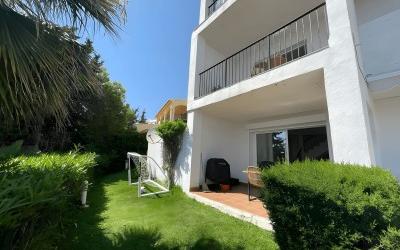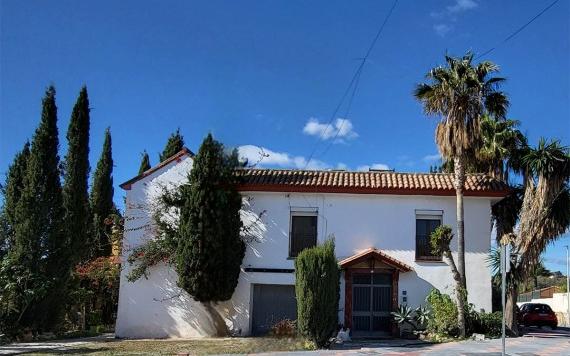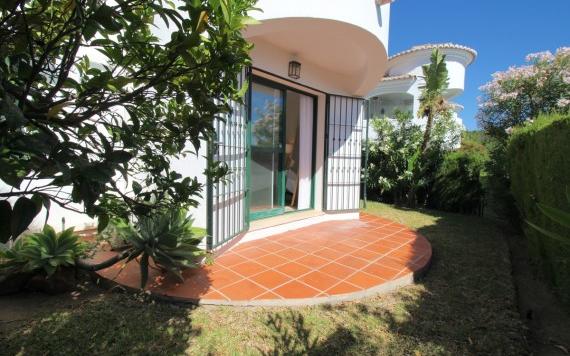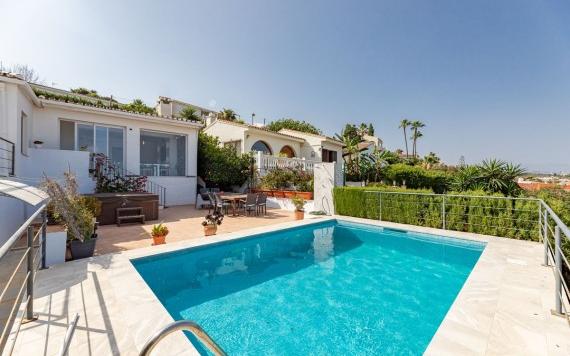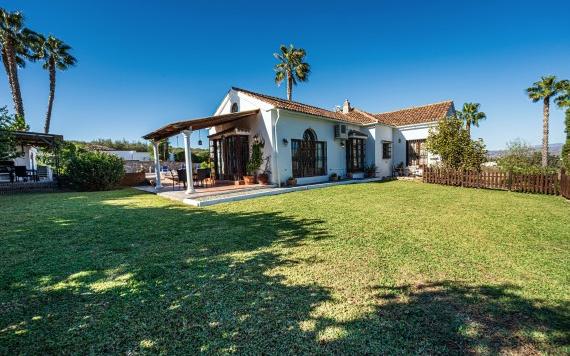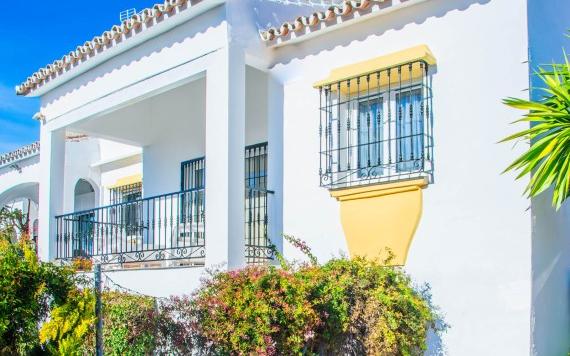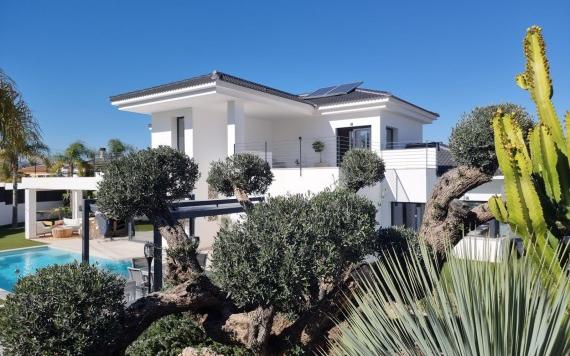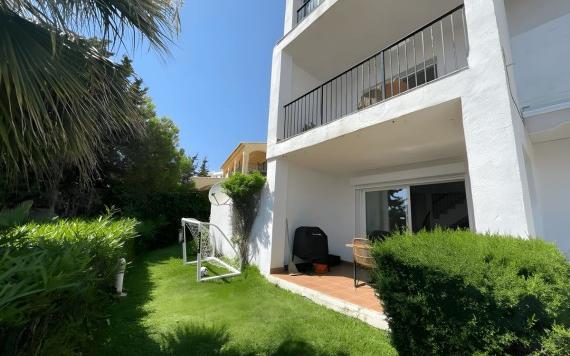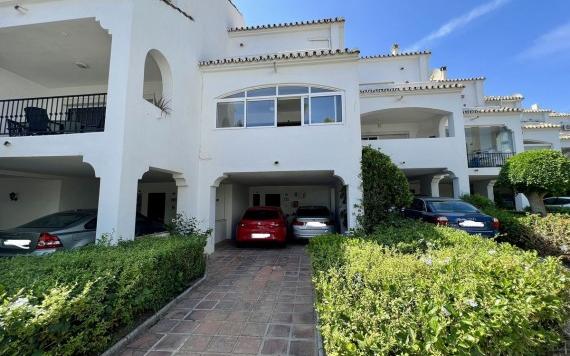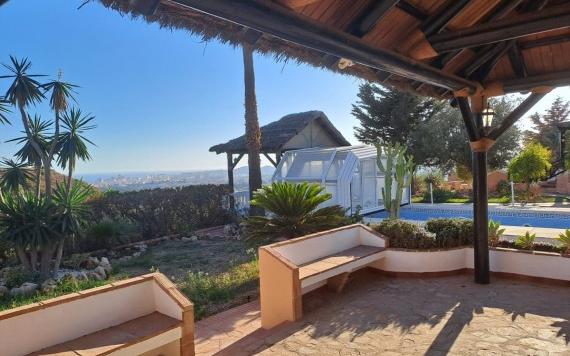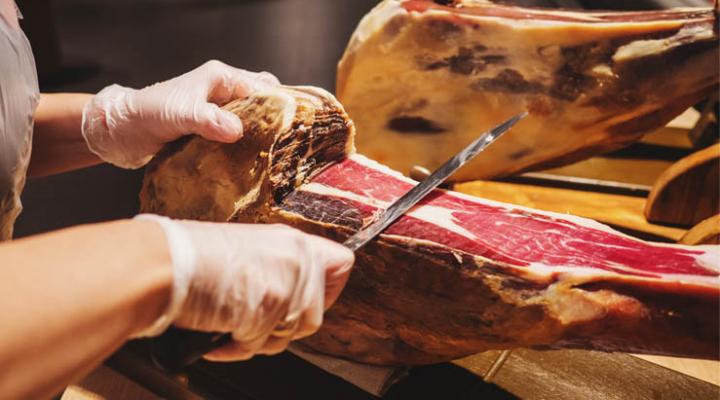
For most Spanish families, it simply isn’t Christmas without purchasing a jamon: a pig’s leg that is traditionally served during the holiday season. But often these legs can run into hundreds of Euros, depending on the kind of piece you choose. So how can you tell a quality jamon from a cheap one? How much should you expect to spend? And what is the difference between Iberico and Serrano jamon? Here’s everything you need to know:
Why is Jamon so Popular in Spain?
Jamon in Spain is big business. Around 6 million cured pigs legs are sold in the country every year. Many of these legs are sold during the Christmas period, when demand sky rockets and Spaniards splurge on their favourite meat. Depending on the size and quality of the leg you choose, you can spend at little as 50 euros and as much as over a thousand euros for your Christmas ham. The most expensive jamon was sold for €11,881 at auction in Japan in September 2020. There are hundreds of variations to choose from in terms of brand and type of leg, so knowing what you’re looking for is important before you head to your local butchers.
What Do the Coloured Labels on my Jamon Ibericos Mean?
To stop people from being ripped off, and buying meat that has been missold, in 2014 the Spanish authorities introduced an official categorisation system for jamones ibericos. Legs are now divided into four different categories, so that you can quickly and easily see the quality of the meat you are investing in. These four categories are:
Precinto negro (Black seal): Experts consider this the best jamon. The meat is100 percent acorn-fed Iberian pig/
Precinto rojo (Red seal): These iberian pigs are also acorn-fed and reared in pastures but they have been crossed with Duroc Jersey pigs, therefore are considered to be of a lower quality.
Precinto verde (Green seal): This is meat from pigs that haven’t been fed acorns but rather grass in natural pastures and some pig feed, even if they are Iberian pigs.
Precinto blanco (White seal): Iberian hams which are of varying quality and come from pigs who have been fed pig feed in a more systematic and mechanised way.
As well as using these labels, the purity of the iberico meat is also measured by percentile. You will see labels which read 100, 75, 50 percent.
Could I Choose Jamon Serrano Instead?
The focus of this guide is on jamon Ibericos because these are the most popular choice for Christmas in Spain, but some people prefer to buy Jamon Serrano instead. These fall into a completely different category and are generally much more affordable because they come from regular white pigs that are fed normal pig feed. If you enjoy the taste of serrano ham, therefore, this could be a great option if you’re looking for a tasty leg on a budget. When looking for the best varieties of sertano ham, the Gran Reserva and Reserva varieties are cured for 15 and 7 months, so the taste and aromas will be richer.
How Much Should I Pay for a Leg of ‘Jamón Ibérico’?
According to Spanish food website Gastroactivity, the price you should expect to pay for 100 percent acorn-fed ‘ibéricos’ (black seal), the average price is between €323 and €590. This is the most expensive leg on this list. For red seal ibericos the price is between €281 to €299 on average, for green seal ibericos you can expect to pay €211 to €255, and finally for white seal ibericos you can expect to pay anything from €117 to €230. Another way to pay less if you’re looking to eat well on a budget is to buy a smaller paleta; the smaller the leg you choose the cheaper it will be.
Finally, you can get the best deal on your jamon by cutting out the middleman and buying it directly from the producer, rather than via a butcher or supermarket. You can find the best producers in Ávila, Teruel or Granada, and this will save you at least ten percent off retail price.
What Does Good Jamon Iberico Look Like?
You can tell the quality of your pork leg by assessing both its internal and external appearance. Some Spaniards believe that the colour of the leg’s hoof is the best way to tell its quality, however experts suggest the thinness of the leg is the best way to assess its quality. The longer and thinner the leg, the better. You may also look for a flat hoof, as Iberian pigs also have more worn-down hooves, as they spend their lives walking while rummaging around for acorns. Don’t look for a perfect hoof therefore: that means the big hasn’t had to do a lot of walking. The fat should be close to the skin, lending the leg a slightly wrinkled appearance, and when you press your finger into the leg it should give easily. This is a sign that the meat is well cured.
If you are able to see what the meat looks like from the inside then the meat should be red and shiny, and you should see a visible layer or white fat. The darker the meat, the lower its quality.
Are you ready to take your next holiday to Spain? Or perhaps you are in the process of moving to Spain or looking to make the right move to Spain for you? If you’re looking for estate agents in Southern Spain then why not get in touch ? Our locally based property experts are a font of local knowledge, and are perfectly placed to help you find the home of your dreams.

 English
English Español
Español Deutsch
Deutsch Français
Français Svenska
Svenska Nederlands
Nederlands Italiano
Italiano Norsk
Norsk Русский
Русский